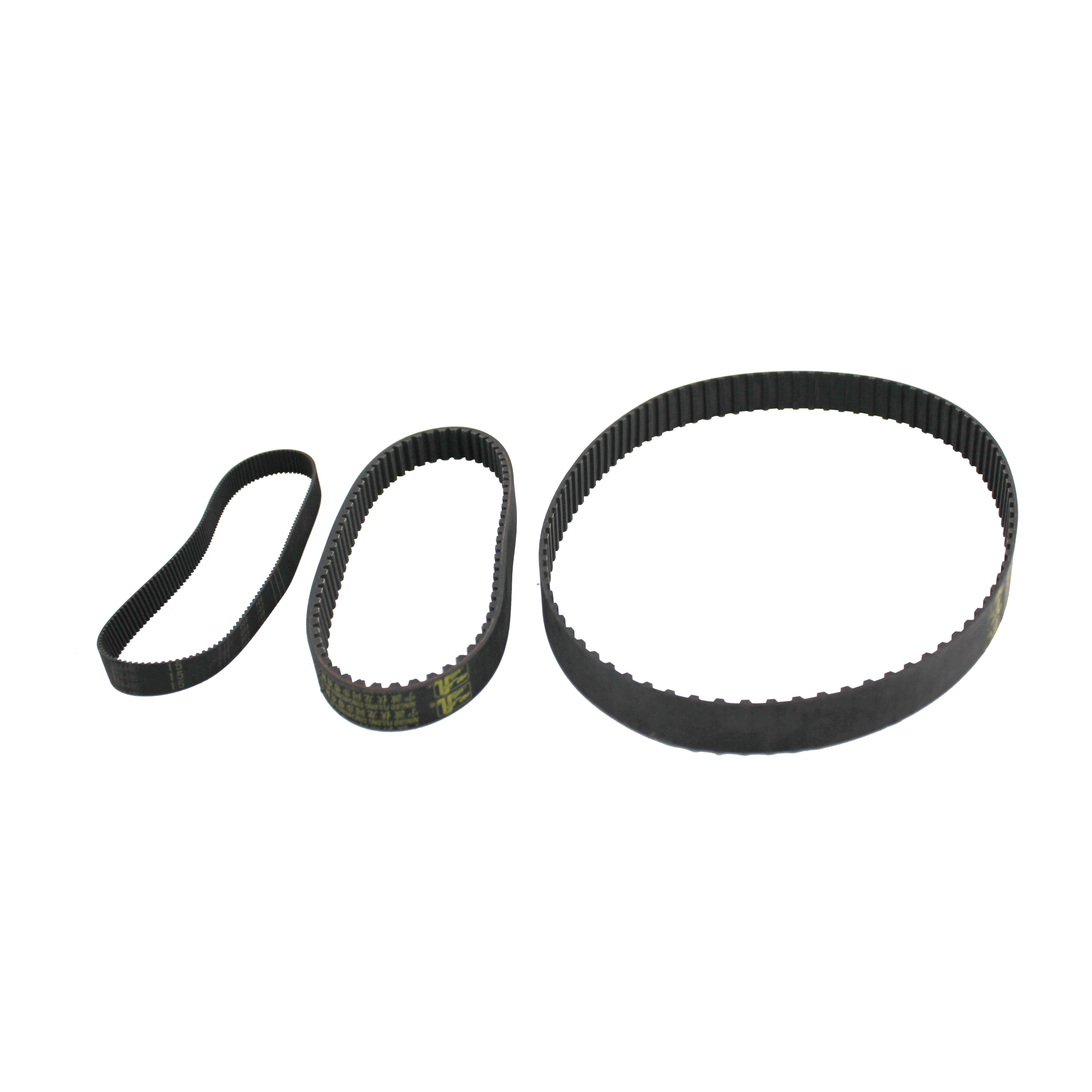Synchronous Belt Pulley System for Enhanced Mechanical Efficiency and Performance Improvement
Understanding Synchronous Belt Pulleys Function, Design, and Applications
Synchronous belt pulleys are critical components in machinery and automotive applications, providing an efficient means of transferring motion and power. They work in conjunction with synchronous belts, which have teeth designed to mesh perfectly with the pulleys, ensuring precise timing and minimal slippage. This article discusses the function, design, and application of synchronous belt pulleys, highlighting their significance in various industries.
Function of Synchronous Belt Pulleys
At their core, synchronous belt pulleys are designed to convert rotational motion from one shaft to another. Unlike conventional V-belts, synchronous belts and pulleys allow for synchronous motion, meaning the input and output shafts rotate in a fixed ratio. This characteristic is essential for applications requiring precision, such as in engines, conveyor systems, and robotic mechanisms.
The toothed design of the synchronous belt ensures that the belt remains engaged with the pulley throughout its operation. This engagement eliminates the need for tensioning devices, reducing maintenance efforts and downtime. The teeth also minimize the chances of belt slippage, which can lead to timing issues in applications where accurate synchronization is crucial.
Design Considerations
When designing synchronous belt pulleys, several factors must be considered to ensure optimal performance. The materials chosen for both pulleys and belts are paramount; they need to withstand wear and have the necessary strength to handle dynamic loads. Common materials for pulleys include aluminum, steel, and high-performance plastics. Each material has its advantages, such as weight considerations, corrosion resistance, and cost-effectiveness.
Pulleys come in various sizes and tooth configurations, determined by the specific application requirements. Factors such as the pitch diameter, the number of teeth, and the bore size must be tailored to align with the design specifications of the machinery. Additionally, the profile of the teeth (such as trapezoidal or rounded) plays a significant role in the interaction between the belt and the pulley, affecting both load capacity and noise levels during operation.
synchronous belt pulley

Applications Across Industries
Synchronous belt pulleys find applications across a diverse range of industries. In the automotive sector, they are commonly used in timing belts to synchronize the rotation of the crankshaft and camshaft, ensuring that the engine operates efficiently and reliably. A failure in this system can lead to catastrophic engine damage, underscoring the importance of precision in these components.
In manufacturing and material handling, synchronous belt systems are utilized in conveyor belts and automated machinery, where timing and order of operations are critical. These systems ensure that operations like sorting, packaging, and assembly occur smoothly, reducing the risk of bottlenecks in production lines.
Robotics is another field that benefits significantly from synchronous belt pulleys. The precision afforded by these systems is essential in robotic arms and movements where exact control and synchronization are necessary for performing tasks. The ability to maintain consistent speed and position allows robots to execute intricate movements with high accuracy.
Benefits and Future Outlook
The advantages of using synchronous belt pulleys are numerous. Their high efficiency, low maintenance requirements, and ability to transmit power over long distances without slippage make them an attractive choice for many applications. As industries continue to evolve, the demand for more efficient and reliable power transmission systems will drive innovation in synchronous belt technology.
Emerging trends such as automation and increased use of electric vehicles may further expand the market for synchronous belt pulleys. Manufacturers are continually improving designs to enhance durability and reduce noise, while also exploring new materials that can withstand greater loads and temperatures.
In conclusion, synchronous belt pulleys play a pivotal role in a multitude of applications, ensuring precise motion transfer and enhancing the efficiency of various systems. As technology advances, the design and implementation of synchronous belt pulleys are expected to evolve, further solidifying their importance in modern engineering and manufacturing. Whether in automotive engines or sophisticated robotic systems, the synergy between synchronous belts and pulleys will remain a cornerstone of efficient mechanical design.








